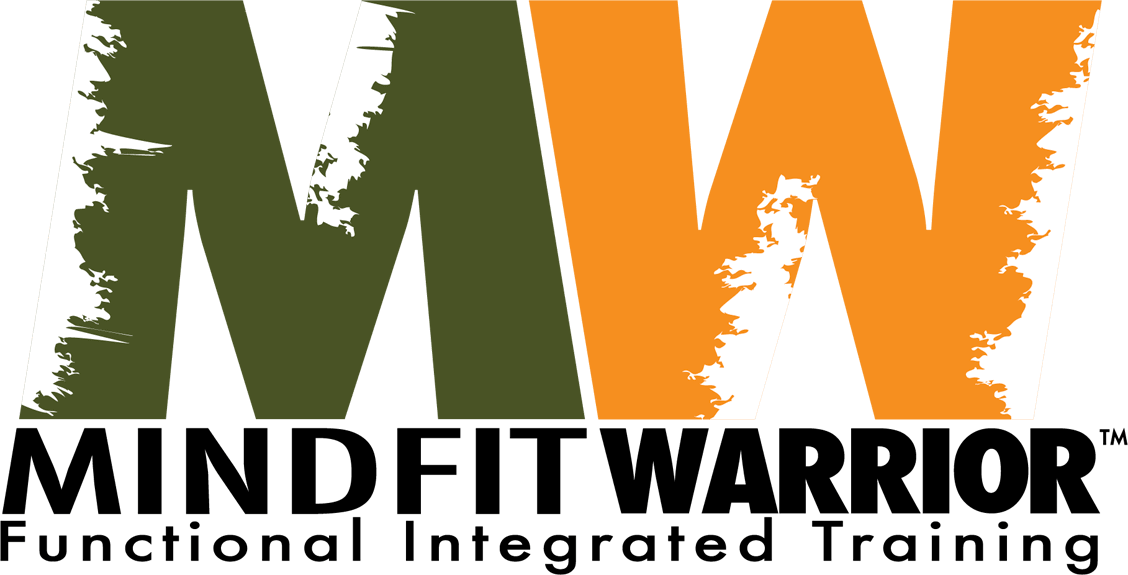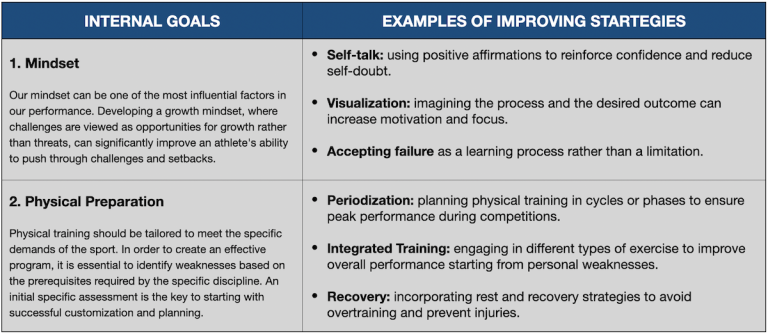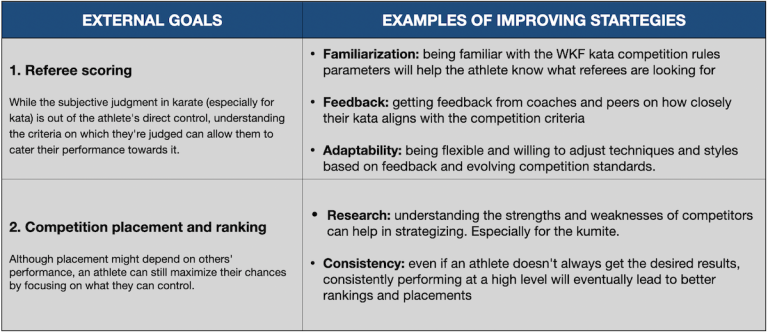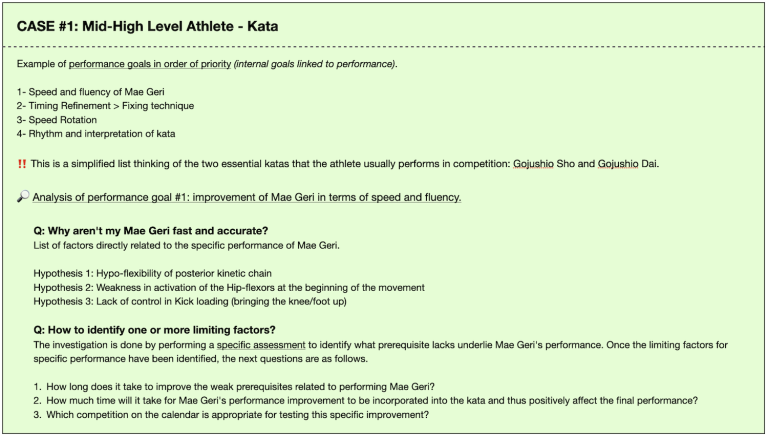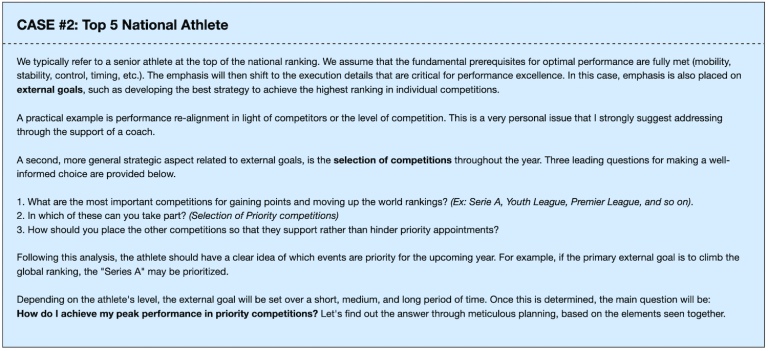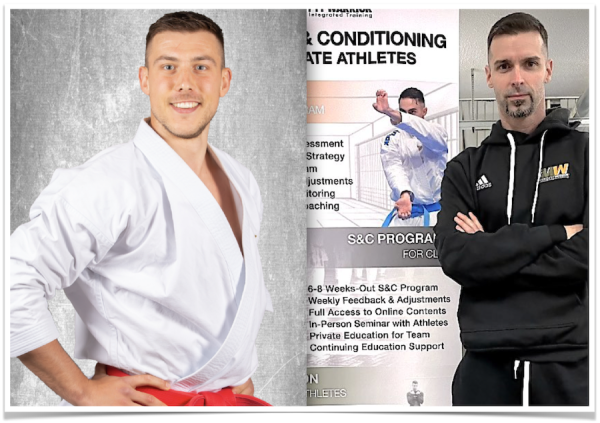KARATE OFF-SEASON: THE STARTING POINT FOR A SUCCESSFUL PLAN
The karate athlete’s competitive commitments are very frequent throughout the year. If we had to sum official competitions with all seminars and national events putting everything as a priority, it would be difficult to establish an official off-season period.
The term “off-season” refers to the period of time between two consecutive seasons when there are no official competitions. This is the time for athletes to recover, improve areas of weakness and increase specific skills in preparation for the following competition period.
And in order to do so, an athlete needs time! Time enough to rest, reorganize priorities, and take action with a clear and focused mind.
How long should the off-season phase last? And what is the best time during the year?
It all depends on the priorities established by the athlete and his or her coach before the beginning of the new season. And to get a clear picture of personal priorities, it is important to start with well-defined goals to achieve successful planning.
Therefore, before giving a more focused answer to our questions, we need to clarify these three interlinked points: goals, priorities and planning.
UNDERSTANDING GOALS BEFORE DEFINING THEM
To make things simple, we divide goals into two categories: internal and external.
Internal goals are those directly affecting performance and are changeable based on our will and ability to manage them. They focus on mental and physical preparation. External goals, on the other hand, are related to external factors beyond our control, such as referee scoring, ranking position or individual competition placement.
In the two tables below, examples of internal and external goals with their respective improving strategies.
In conclusion, the more our performance improves in line with the required parameters, greater the probability the likelihood that the external goal will be met. As a result, it is more practical for the athlete to direct physical and mental energies toward what is directly controllable (internal goal 👉 performance) rather than wasting energy and time on what cannot be changed directly.
Furthermore, a post-competition rational analysis with one’s coach will better help to understand how much the internal goal was achieved (example: a specific aspect of performance) and how much this may have affected the achievement of the external goal (score, ranking, placement, etc.).
HOW TO CREATE A SCALE OF PRIORITIES
Based on the athlete’s athletic level and goals, priorities will need to be established in order to build effective planning. Below are eight questions to help you or your athlete to set a first scale of priorities.
- 1) Thinking about your lifestyle (everything you do during the day), how much of a high priority is improving your sports performance?
- 2) How much have you improved your performance or weaknesses in the past 3, 6 and 12 months? (1>5)
- 3) Do you have a clear idea of the peak performance you want to achieve thinking about the next 3, 6, and 12 months? (describe it in detail).
- 4) Thinking about your ideal peak performance (IPP), what are you missing to achieve it? (List each point and describe them in detail)
- 5) Rank the points you mentioned above in order of importance (consider the road to your IPP!). This will be your prioritized list of performance goals that will drive you to achieve your IPP.
- 6) What are the working steps to achieve each goal?
- 7) How much specific work time is needed to achieve each goal? (Make a time estimation for each goal with the help of your coach).
- 8) How much time can you invest in working specifically on each goal? (Think about the organization of your current day and your lifestyle)
After answering all the questions, now compare the answers of questions 7 and 8. Does the time you can invest in each goal (question 8) meet the work time required to achieve them (question 7)?
If yes, you have a very good chance of moving to the next step by creating successful planning. If the answer is no, my recommendation is to reorganize your time and priorities before investing energy toward goals that will have a low chance of being achieved.
After answering all the questions, now compare the answers of questions 7 and 8. Does the time you can invest in each goal (question 8) meet the work time required to achieve them (question 7)?
If yes, you have a very good chance of moving to the next step by creating successful planning. If the answer is no, my recommendation is to reorganize your time and priorities before investing energy toward goals that will have a low chance of being achieved.
CREATING A SUCCESFUL PLANNING
Once the competitions have been prioritized, my recommendation is to run them through an outline to get a well-defined overview. This is the first step to accurately determining the frequency of events throughout the season.
The calendar for 2023 is shown below, along with the official competitions. The example is of a male kata athlete competing at the national level in the Under 21 category (Italy). The filled dots represent the competition day. The color corresponds to the various competition categories (Red=Serie A, Green=Youth League, Blue=National Competitions (Italy), Violet=Premier League).
Looking at the figure above: Which months are the most full of competitions? Which ones are the most free?
It is clear that the weeks from early July to late August are the ones with no official competitions. Going back to the concept of “off-season”, this could be the best time for most WKF athletes to set a program with specific goals.
How long should the off-season phase last? And what is the best time during the year?
We can conclude that a 4-6 weeks scheduled training program between July and September, could be an optimal off-season solution for all athletes and coaches to invest energy in what requires time and priority of attention in preparing a winning performance for the new season.
DOWNLOAD WKF CALENDAR 2023
VUOI CAPIRE COME COSTRUIRE UN PIANO DI ALLENAMENTO MIRATO PER LA TUA PREPARAZIONE ATLETICA ESTIVA? PARTECIPA AL NOSTRO LIVE SEMINAR CON MATTIA BUSATO E ANDREA VARRI!
Qui avrai la possibilità di provare in prima persona esercizi e workout a corpo libero specifici per la preparazione fisica al karate. A tutti i partecipanti al seminario sarà rilasciato un programma di allenamento di 6 settimane specifico per ripartire al meglio a Settembre.
CLICCA QUI PER TUTTI I DETTAGLI